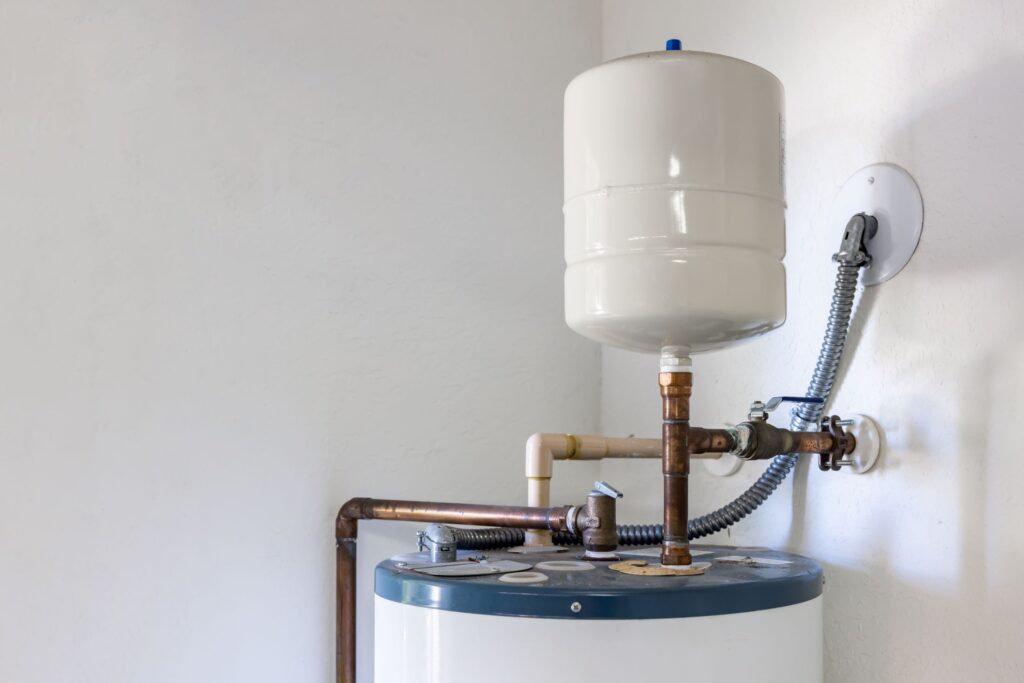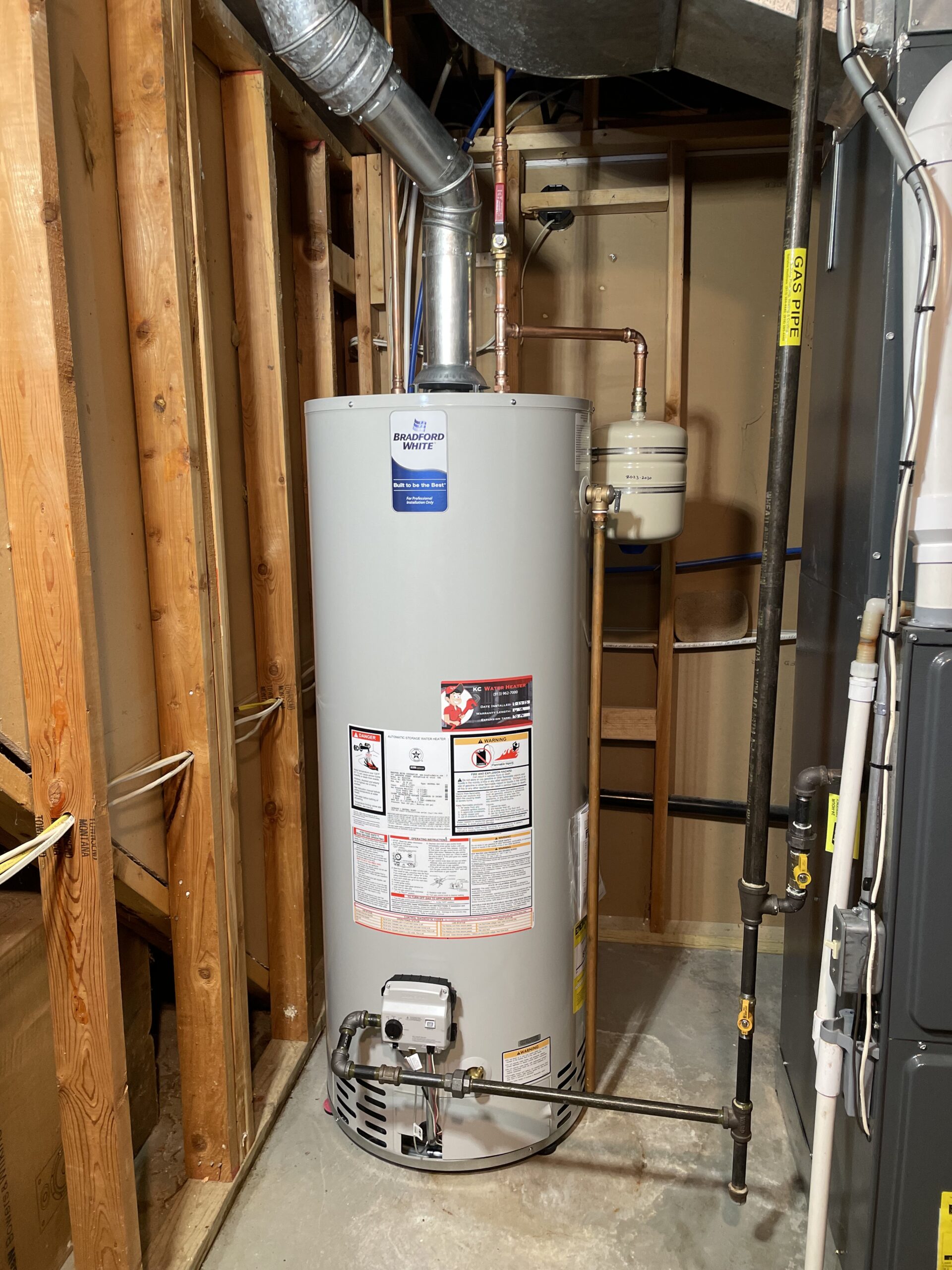Tips on How to Keep Your Home's Hot Water System in Good Condition
Tips on How to Keep Your Home's Hot Water System in Good Condition
Blog Article
What're your ideas with regards to Tips on Maintaining a Water Heater?

Warm water is important for daily convenience, whether it's for a rejuvenating shower or washing dishes. To guarantee your warm water system runs successfully and lasts longer, normal maintenance is essential. This post supplies practical tips and understandings on exactly how to maintain your home's warm water system to avoid interruptions and expensive repair work.
Introduction
Keeping your home's warm water system might appear difficult, but with a couple of basic actions, you can ensure it runs smoothly for several years ahead. This guide covers every little thing from comprehending your warm water system to DIY upkeep suggestions and recognizing when to call expert aid.
Significance of Keeping Your Hot Water System
Routine maintenance not just extends the life-span of your hot water system however additionally ensures it runs efficiently. Disregarding maintenance can cause decreased effectiveness, greater power expenses, and even premature failing of the system.
Signs Your Warm Water System Needs Maintenance
Knowing when your hot water system requires focus can avoid significant concerns. Look out for indications such as inconsistent water temperature, odd sounds from the heater, or rustic water.
Comprehending Your Warm Water System
Before diving right into upkeep jobs, it's useful to comprehend the standard parts of your hot water system. Normally, this consists of the hot water heater itself, pipes, anode rods, and temperature controls.
Regular Monthly Upkeep Tasks
Normal regular monthly checks can help catch minor problems prior to they rise.
Purging the Hot Water Heater
Purging your water heater gets rid of debris buildup, improving effectiveness and prolonging its life.
Checking and Replacing Anode Rods
Anode rods prevent rust inside the tank. Examining and changing them when broken is crucial.
Checking and Readjusting Temperature Level Setups
Adjusting the temperature level settings guarantees optimal performance and safety and security.
Do It Yourself Tips for Upkeep
You can execute several maintenance tasks on your own to maintain your hot water system in leading problem.
Looking for Leakages
Consistently check pipes and connections for leaks, as these can lead to water damage and greater costs.
Checking Pressure Relief Valves
Testing the stress safety valve guarantees it works properly and avoids extreme pressure build-up.
Shielding Pipelines
Protecting hot water pipelines minimizes warmth loss and can conserve energy.
When to Call a Professional
While do it yourself upkeep is useful, some concerns call for expert knowledge.
Complex Concerns Needing Expert Assistance
Examples consist of major leakages, electrical problems, or if your hot water heater is constantly underperforming.
Regular Professional Upkeep Perks
Professional upkeep can include thorough assessments, tune-ups, and making sure compliance with safety and security requirements.
Conclusion
Routine maintenance of your home's warm water system is important for efficiency, long life, and cost financial savings. By following these pointers and understanding when to look for expert help, you can guarantee a reliable supply of warm water without unexpected interruptions.
Water Heater Maintenance Tips
Test the TPR Valve
Shut off the power and the cold-water supply valve. Place a bucket under the pipe connected to the temperature-pressure-release (TPR) valve on the top or side of the tank. (This valve opens if the tank pressure gets too high.) Lift the valve’s tab to let some water out, then let go. If water keeps flowing, drain the tank partway, unscrew the old valve with a pipe wrench, and install a new one. Check the Anode Rod
Put a hose to the tank’s drain cock and let out a few gallons of water. Now fit a 1 1/16-inch socket onto the rod’s hex head on top of the heater (or under its top plate) and unscrew the rod. If it’s less than ½ inch thick or coated with calcium, buy a new one, wrap its threads with Teflon tape, put it back in the tank, and tighten securely. Use this segmented rod if headroom above the tank is limited. Drain the Tank and Wash Out Sediment
Drain the remaining water in the tank into the bucket, then stir up the sediment on the tank’s bottom by briefly opening the cold-water supply valve. Drain and repeat until clean water comes out of the hose. Close the drain cock, refill the tank, and turn its power back on. Adjust the Temperature
Find the temperature dial on the side of the tank and unscrew its cover. Adjust the dial to 120 degrees using a flathead screwdriver. For every 10 degrees the temperature is lowered, you can expect to save up to 5 percent in energy costs. Turn the water heater off or the thermostat down to its lowest setting if you plan to be away from home for more than three days. Insulate the Pipes
Buy some self-sticking 3/8-inch-thick foam pipe insulation that matches the pipes’ diameter. Slide the foam over the hot-and cold-water pipes as far as you can reach. Insulating the cold-water pipe prevents condensation in summer. Peel the tape and squeeze the insulation closed. If the pipe is 6 inches or less from the flue, cover it with 1-inch-thick unfaced fiberglass pipe wrap. https://www.thisoldhouse.com/plumbing/21016402/how-to-maintain-a-water-heater

As a keen person who reads about What Kind of Maintenance Do Water Heaters Need?, I imagined sharing that piece of content was a great idea. Sharing is caring. You never know, you could be helping someone out. Thanks so much for going through it.
Visit The Following Page Report this page